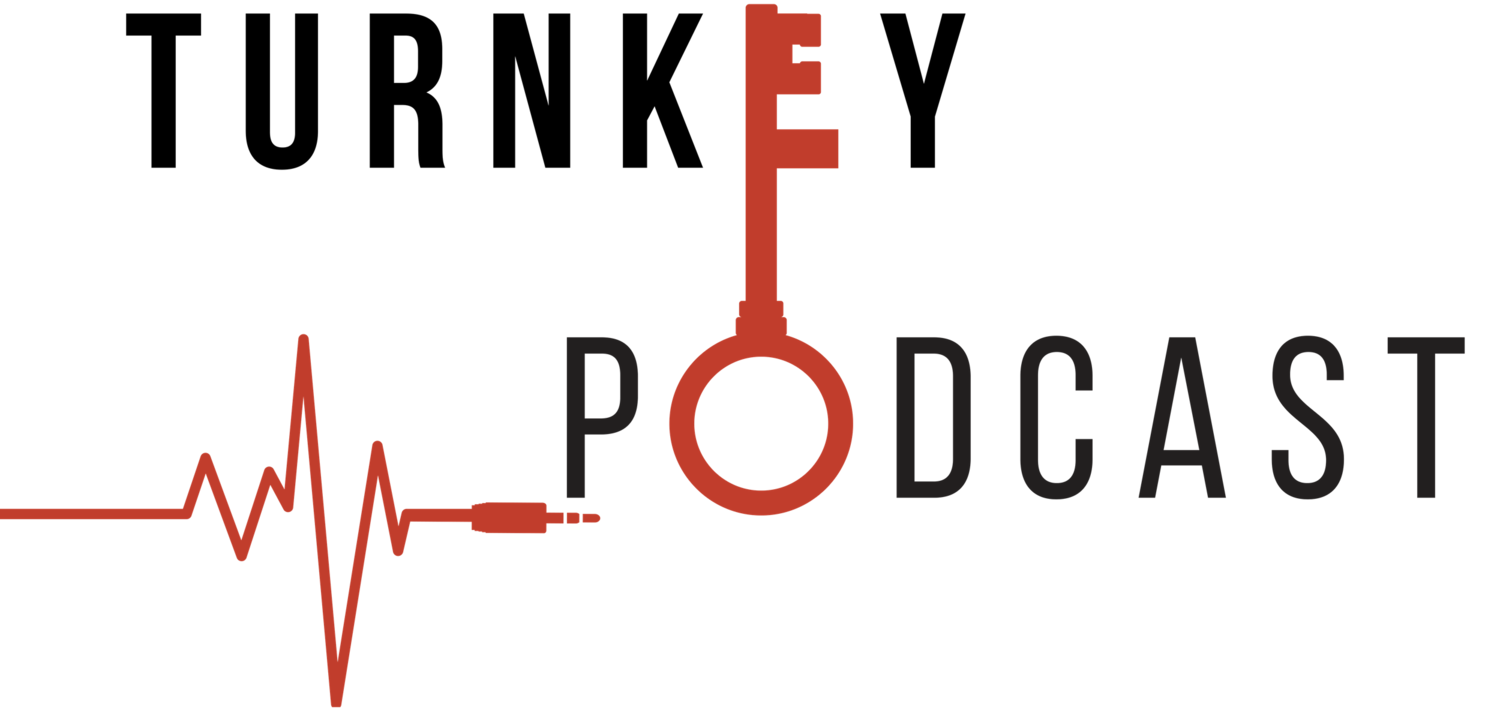Your website is your online store. It’s where shoppers, web users and casual browsers are going to take their first impressions from your site in order to ascertain whether you’re a company that can be trusted: whether you’re professional enough to trade with. As such, the state of your website – and, especially, your ability to run it without any errors – is a hugely important consideration when developing your business’ digital arm. This article is all about ironing out those creases in order for you to build a friction-free, seamless, and perfectly-equipped site for your visitors.
Blueprint Work
When you’re building your site, you need to consider its digital blueprint – or the ‘site map’ that you’re going to populate with branding, pictures, text and other content that’ll help sell your company and its products to consumers. You need to plan how this will work, and how each page will lead into the next page before you move forward with this ‘populating phase’. Some key pages to include might be:
-
An ‘About’ page
-
A page of your products or services
-
A ‘Home’ page that visitors to your URL first arrive on
-
Some testimonial pages, or other critical feedback pages
-
A ‘Blog’ page, to share your written content with your community of customers
The list goes on – and depends largely on what size and type of business you’re operating. The key here is to focus on making your site make sense, with each link hyperlinking seamlessly into the next page; the general rule here is ‘three clicks to buy’. Your consumer should need to click only three times to find the product they’re looking to buy.
Web Optimization
Optimization, in terms of your website, means ensuring that you’re preparing and creating a site that works perfectly on a smartphone, tablet or laptop, and across all different kinds of operating systems and browsers. Only professional digital marketers and web developers will have the skills and expertise to help you and your company’s website display these characteristics.
As such, look to the skills of professional companies such as Digivante in order to find the right personnel to push your site into its optimal performance. Remember that errors drive consumers away and prevent sales – so you want to partner with a group of specialists who’ll spot errors and bad links with ease before your site’s launch.
Content Building
A great way to ensure that no errors build up, or are likely to build up, on your website is to simply add content in the same format, continually, to your site. Not only will this help to boost your SEO (search engine optimization) score, but it’ll draw in different customers that are looking to find products like those that you’re selling.
Make a blog, integrate with social media, and regularly check how the customer-facing site displays this content, in order to maintain a killer error-free site that generates views, clicks and purchases each and every day.
These tips are perfect for businesses looking to eradicate errors from their websites’ pages, leading to higher profits and sales as a result of customer retention in the click-through process.
